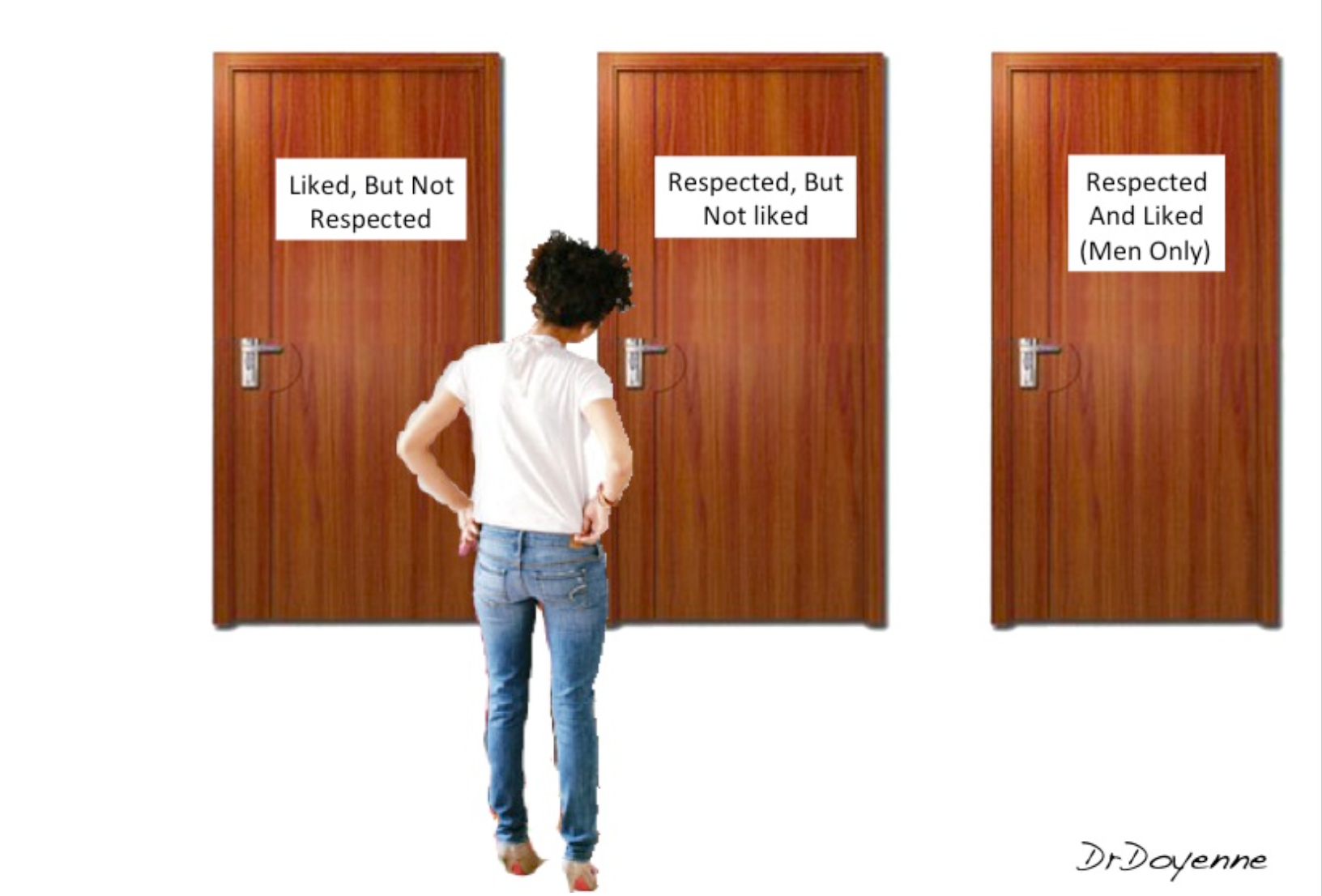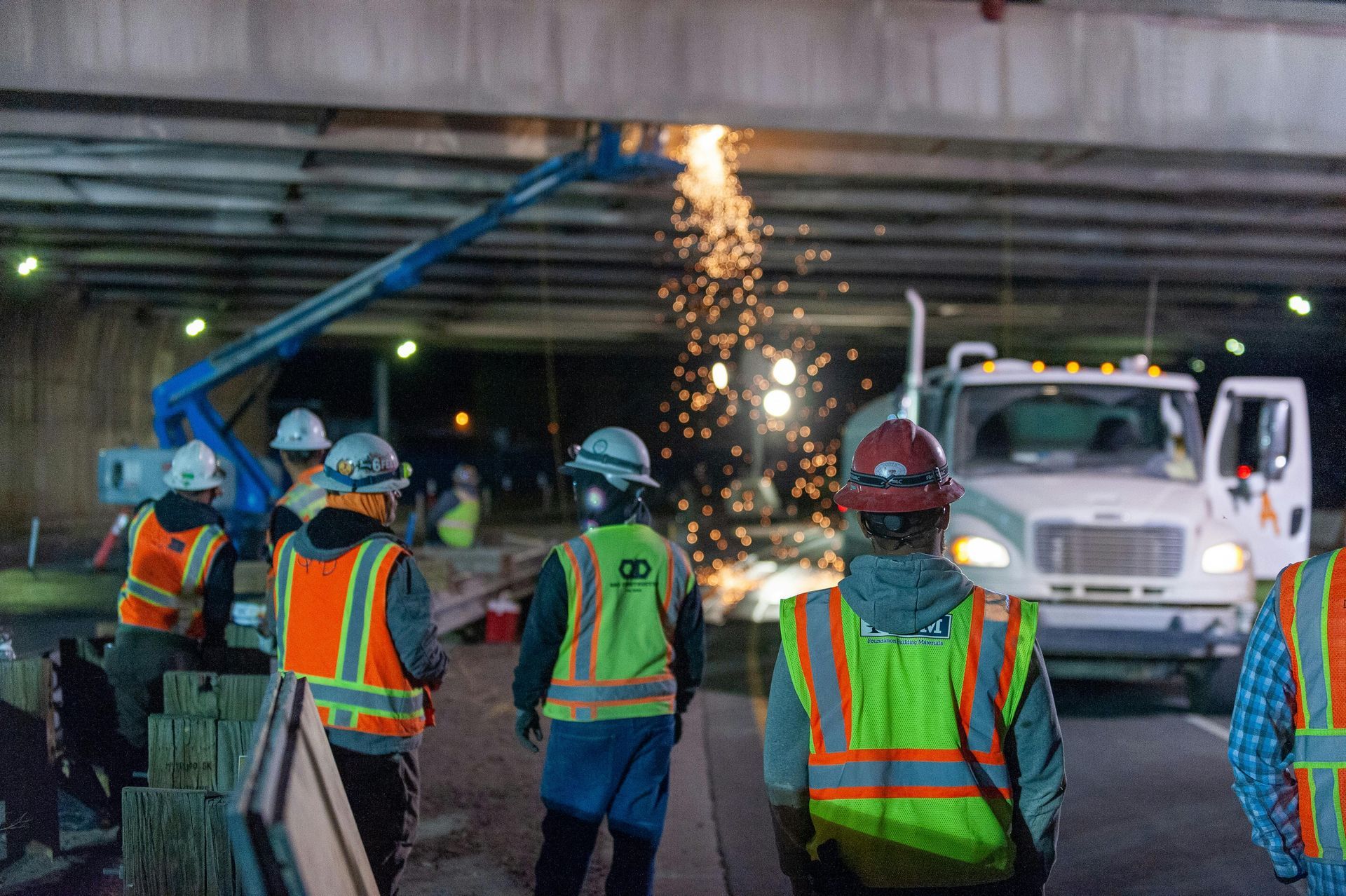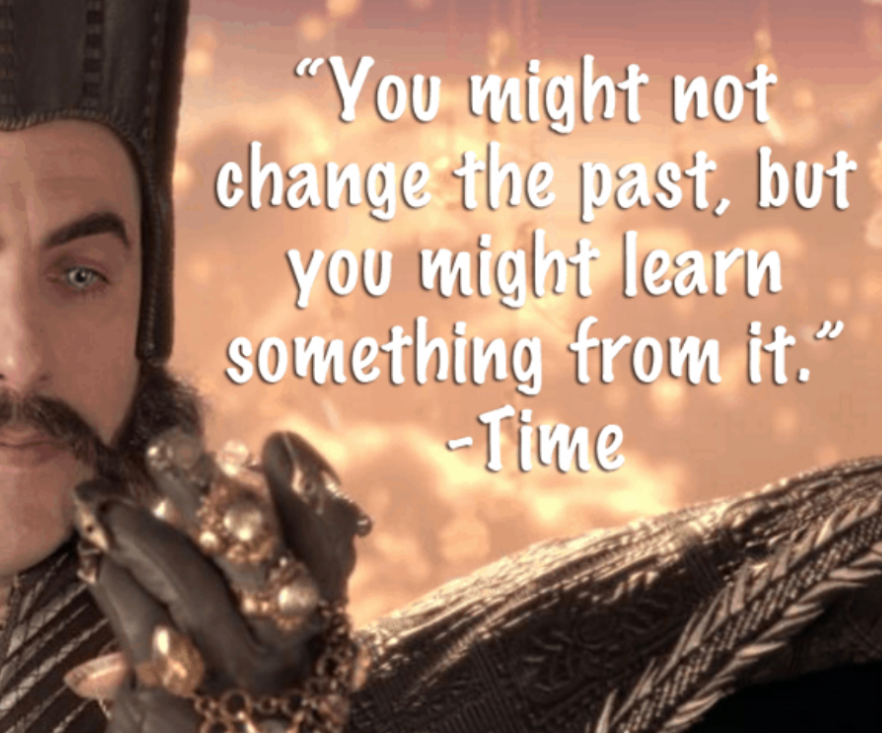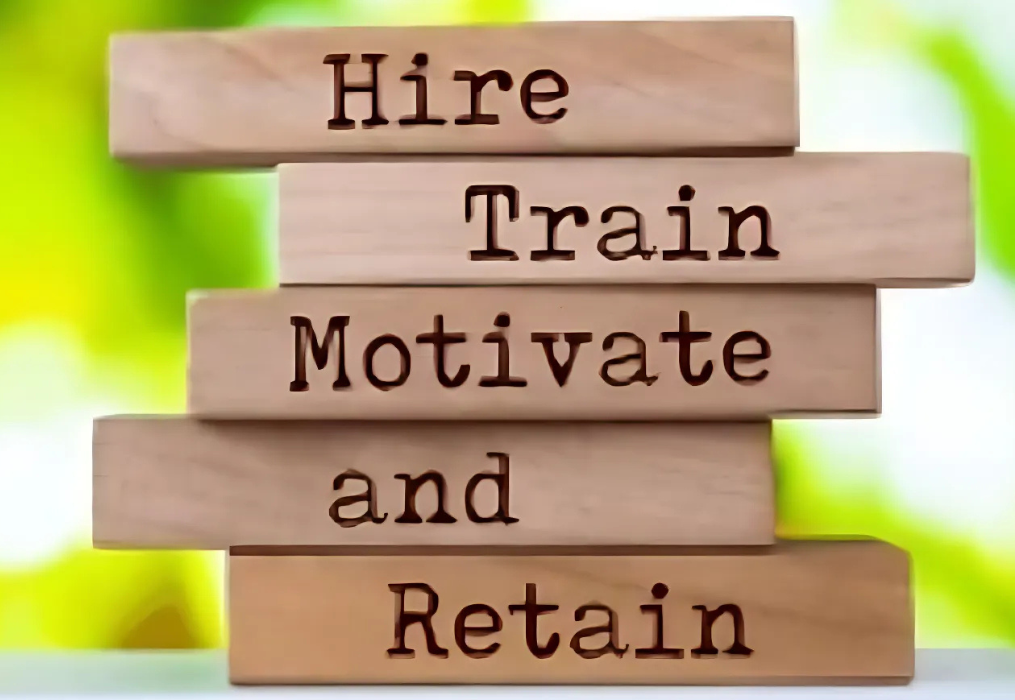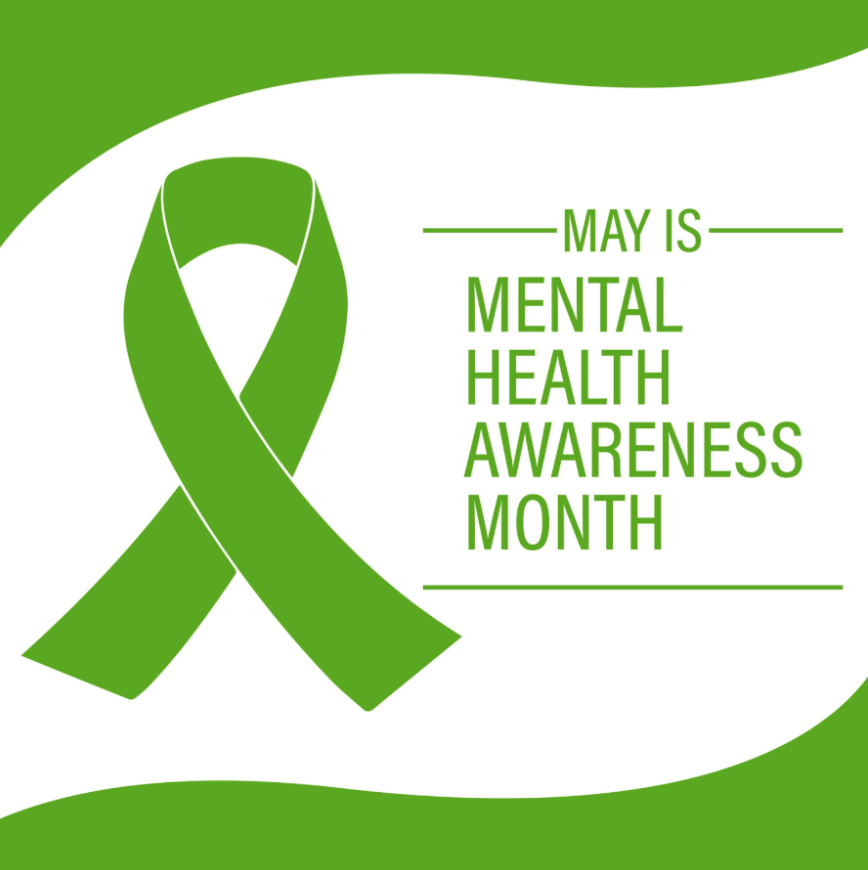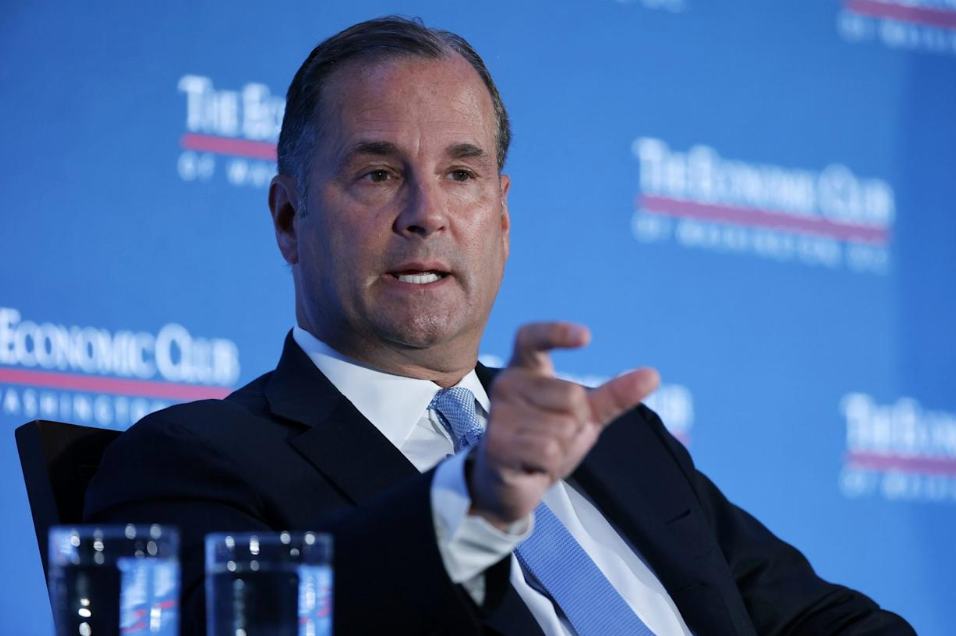Mental Health Is Jobsite Safety, Too.
When we think of construction safety, the first images that come to mind are steel-toed boots, harnesses, and jobsite inspections. Safety talks usually center on physical hazards- the falls, equipment, electricity, or heavy lifting. These risks are real and deserve the attention they get. But there’s another kind of hazard that often gets overlooked: mental health.
The truth is simple: mental health is jobsite safety, too.
The Level Set
If you’ve attended any of my seminars or read any of my blog posts then you are likely familiar with the term ‘psychological safety’. For those new to this content, let’s define ‘psychological safety’ and give some context:
Psychological safety is the absence of interpersonal fear, allowing people to take risks, speak up, and share ideas without fear of repercussions.
Why is this important? The feeling of ‘belonging’ is key to our success- this goes back as far as ‘Maslow’s Hierarchy of Needs’ Once our basic needs are met- like food, clothing, shelter, water- we need to dig a little deeper and get to the heart of our peace and happiness.
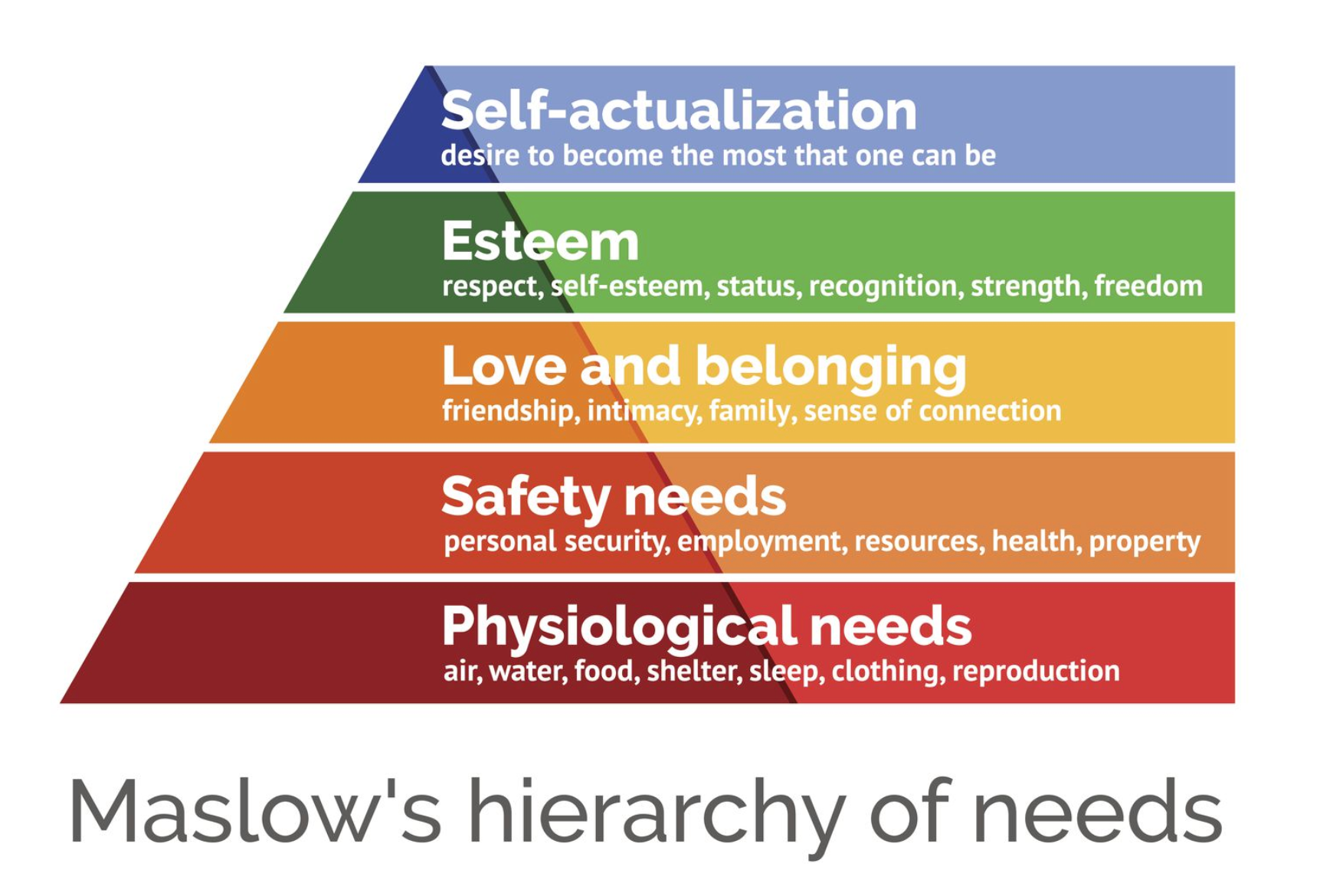
Have you ever been to a networking event? What about that feeling we get on our first day at a new job or trying a new sport?
You might feel like you’re on shaky ground. Our mind is racing in the background: do I look out of place? Am I going to fail and make a fool of myself? Will anyone talk to me?
As leaders- we can’t get into someone’s mind and tell them not to worry, what we can do however, is create an environment where when a new person comes in or when someone needs to speak up, they instinctually know IT’S OKAY! I can do that here! I am safe.
What a priceless feeling.
Let’s dive deeper…
Why Mental Health and Safety Go Hand in Hand
A distracted worker can be a dangerous worker. Stress, anxiety, depression, and fatigue don’t stay at home when employees clock in. These feelings follow us onto the jobsite and affect everything from concentration and decision-making to reaction time and teamwork.
A distracted worker can be a dangerous worker. Stress, anxiety, depression, and fatigue don’t stay at home when employees clock in. These feelings follow us onto the jobsite and affect everything from concentration and decision-making to reaction time and teamwork.
Consider this:
- A worker struggling with sleepless nights due to stress, may miss a critical step in a process
- Someone overwhelmed with personal or financial challenges might zone out while operating equipment
- A crew member silently battling depression may take risks they normally wouldn’t
Each of these situations doesn’t just put one person in danger, it affects the whole team. That’s why addressing mental health isn’t a “nice to have”, it's a safety requirement.
Breaking Down the Stigma
One of the biggest barriers to making mental health part of safety is
stigma. In construction, there’s a long-standing culture of toughness. Asking for help has often been misinterpreted as weakness. But that mindset is outdated and dangerous.
Leaders who normalize conversations around mental health change the culture. When supervisors include it in toolbox talks or safety stand downs, they set the tone that speaking up is safe and expected. That’s how stigma gets replaced with support.
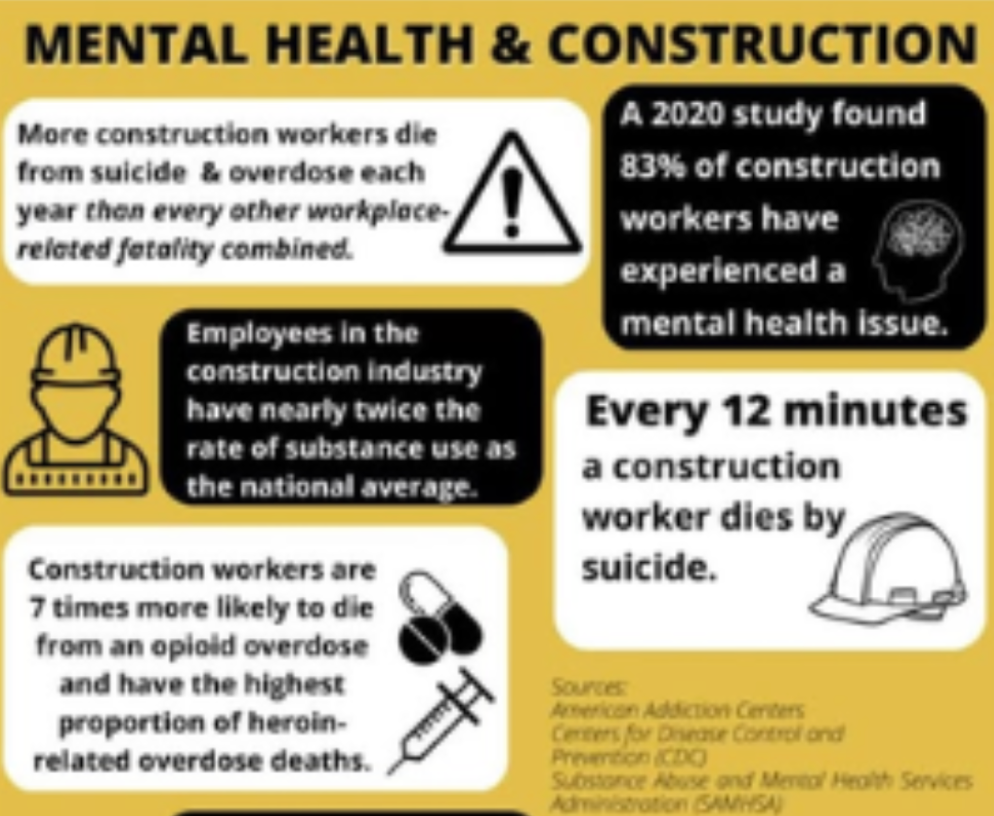
Practical Ways to Make Mental Health Part of Safety
Making mental health part of your safety program doesn’t require an overhaul. It requires intention. Here are a few ways to start:
Add mental health check-ins to your regular safety talks. A genuine “How’s everyone doing?” goes a long way
Train leaders and foremen to recognize signs of stress, burnout, or withdrawal
Use safety stand downs to highlight resources like employee assistance programs (EAPs) or national hotlines
These steps may feel small, but collectively they build a culture where workers know their mental well-being matters.
The Business Case for Mental Health Safety
There’s also a strong business case. Companies that prioritize mental health see fewer accidents, lower turnover, and stronger morale.
Research shows that team members who feel valued are more engaged, more loyal, and more productive. It’s simple- when employees know leadership has their back, it builds trust across the board.
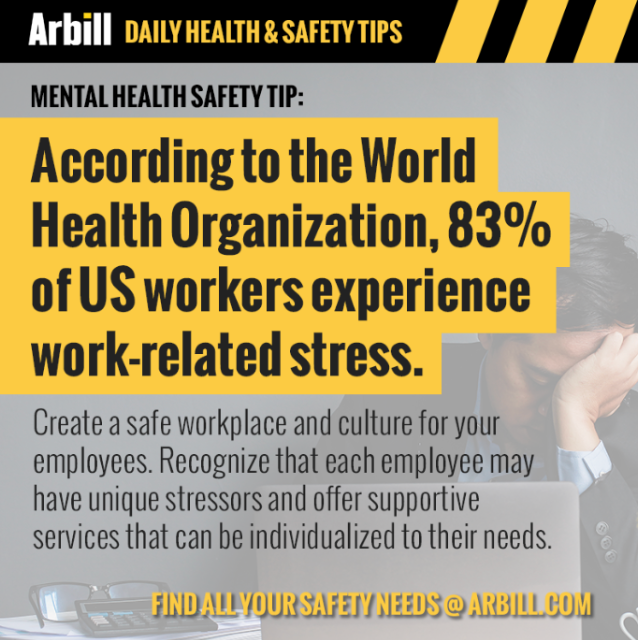
Leading the Way
As a certified Mental Health First Aider, I partner with construction companies to bring mental health into the safety conversation. Through toolbox talks and safety stand downs, I help teams build awareness, reduce stigma, and create safer jobsites from all angles.
If you’re committed to safety, you can’t ignore mental health. Because safety isn’t just about preventing falls or cuts, it’s about protecting the whole person.
Connect with me here and together let’s make a mental health safety plan that fits your team needs!
